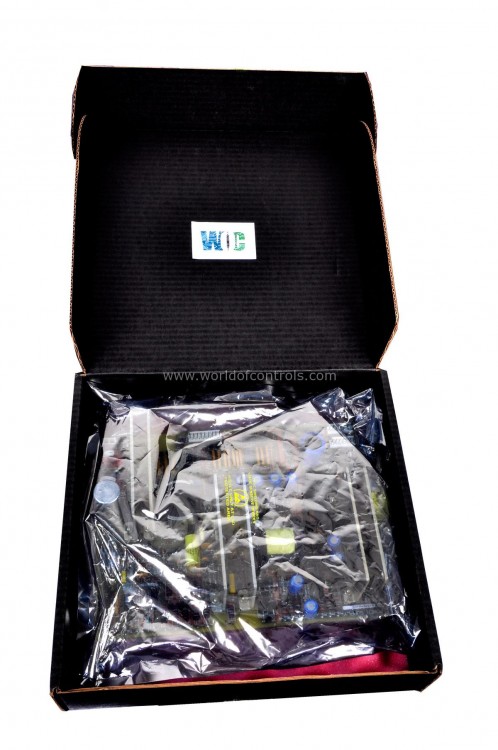
World Of Controls understands the criticality of your requirement and works towards reducing the lead time as much as possible.
IS200DSPCH1A - Turbine Control Board is available in stock which ships the same day.
IS200DSPCH1A - Turbine Control Board comes in UNUSED as well as REBUILT condition.
To avail our best deals for IS200DSPCH1A - Turbine Control Board, contact us and we will get back to you within 24 hours.
Part No.: IS200DSPCH1A
Manufacturer: General Electric
Country of Manufacture: United States of America (USA)
Technology: Surface-mount
Temperature Operating: -30 to 65 oC
Product Type: Turbine Control Board
Availability: In Stock
Series: Mark VI
IS200DSPCH1A is a Turbine Control Board developed by GE. It is a part of Mark VI control system. The Mark VI system offers two configurations- simplex control and triple modular redundant (TMR) control, available in single or multiple rack setups, along with options for local or remote I/O. The I/O interface is specifically engineered to directly connect with the turbine's sensors and actuators, eliminating the requirement for additional instrumentation. This design choice not only streamlines the integration process but also mitigates reliability and maintenance concerns typically associated with intermediary instrumentation.
The WOC team is always available to help you with your Mark VI requirements. For more information, please contact WOC.
What is IS200DSPCH1A?
It is a Turbine Control Board developed by GE under the Mark VI series.
What are the different configurations available for the system?
The system offers two configurations- simplex control and triple modular redundant (TMR) control. These configurations can be implemented with single or multiple racks, providing flexibility to meet various application requirements.
What is the significance of local or remote I/O?
The system allows for both local and remote I/O options. This flexibility enables users to choose the most suitable setup based on their specific operational needs and infrastructure layout.
How does the I/O interface of the Mark VI system contribute to simplifying installation and maintenance?
The I/O interface of the Mark VI system is designed for direct connection to the turbine's sensors and actuators. This eliminates the need for additional intermediary instrumentation, streamlining the installation process and reducing potential points of failure, thereby enhancing reliability and minimizing maintenance requirements.